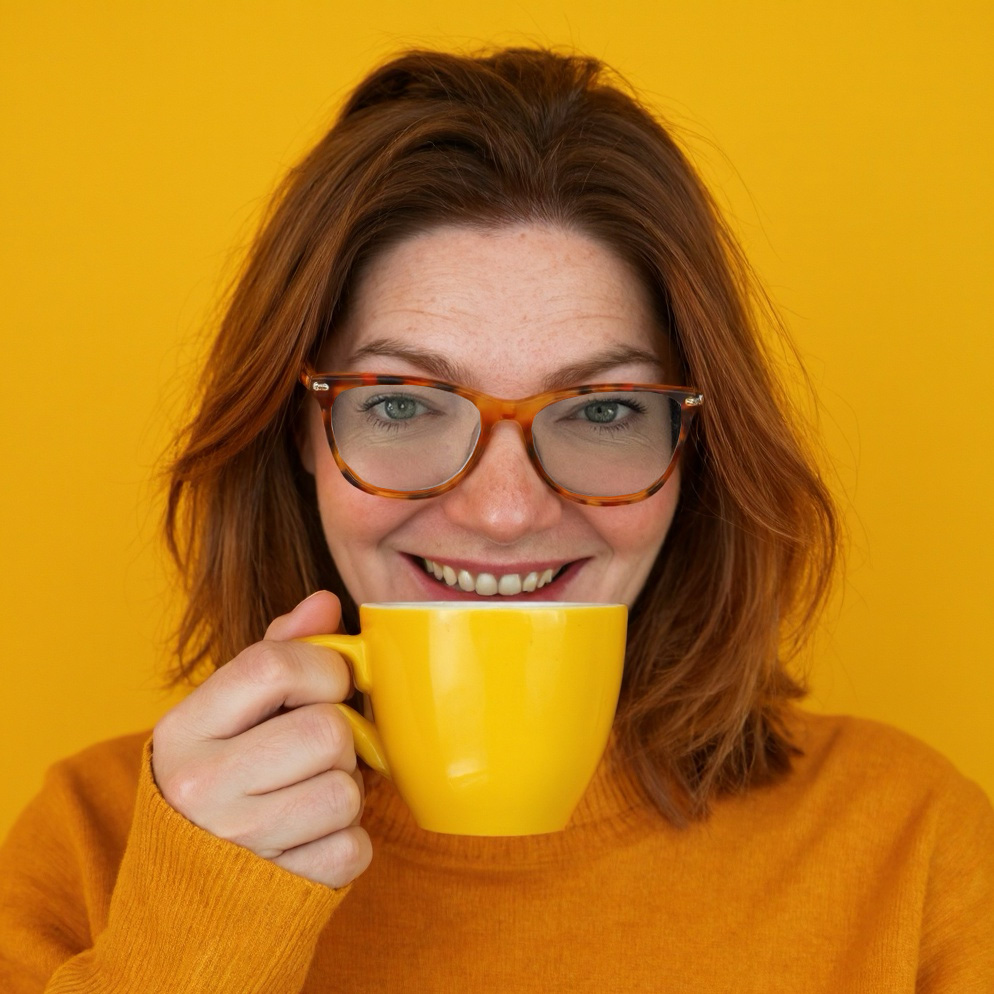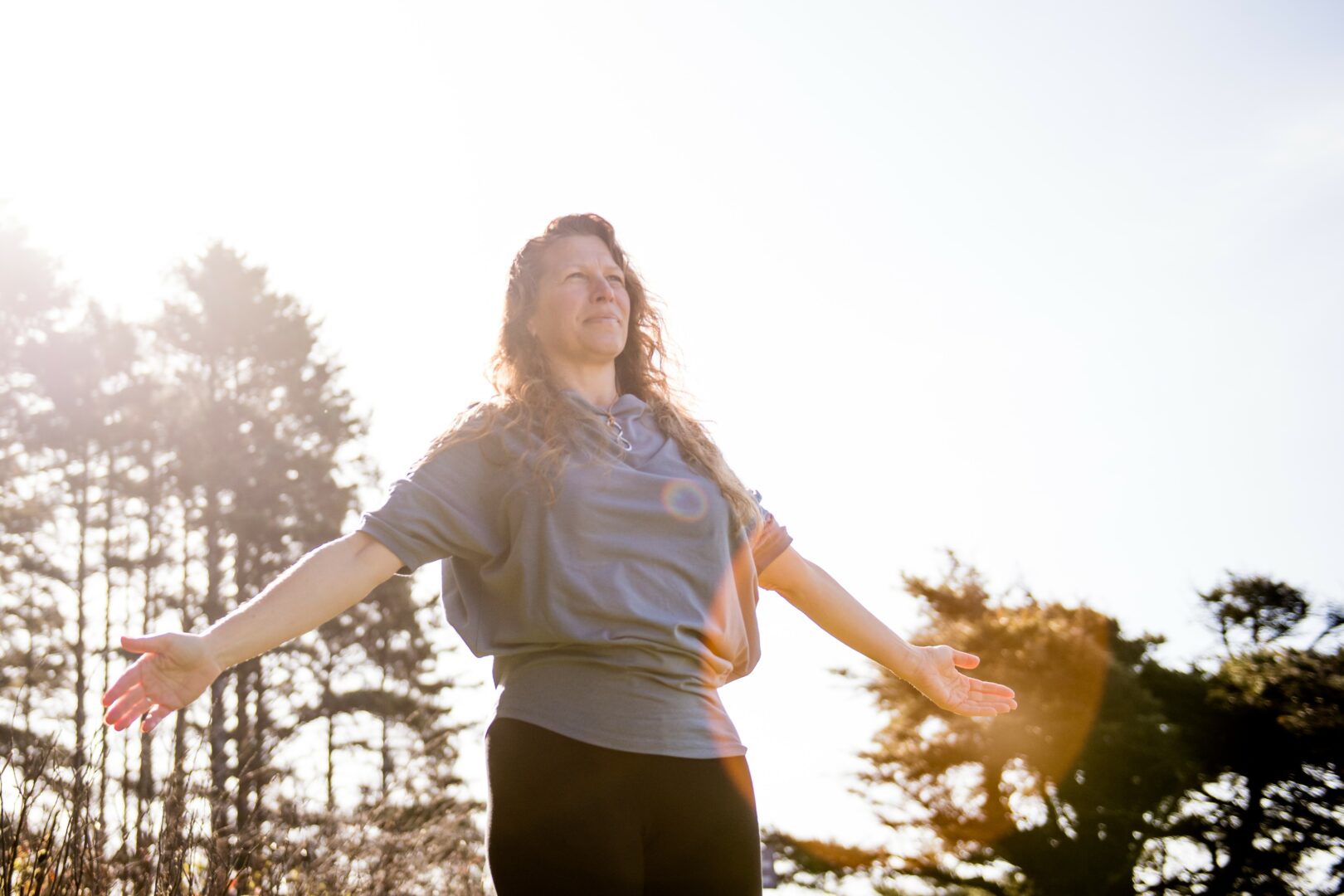We were lucky to catch up with Kate Knight recently and have shared our conversation below.
Hi Kate, so excited to talk about all sorts of important topics with you today. Being the only one in the room: how have you learned to be effective/successful even when you are the only one in the room that looks like you?
As a knitwear designer specialising in cashmere, living in a tiny village in South West France, I often find myself surrounded by people who haven’t the faintest idea what I do or how I do it. There’s no industry chatter in the local café, and no colleagues to share a moan with. In many ways, I really am the only one in the room. When I first went freelance over a decade ago, I struggled with that isolation. I missed the buzz of the studio, the energy of being around other creatives. But this time around, I’ve been far more intentional about creating my own version of a room, even if it’s a Google Meet or a WhatsApp group chat. I’ve realised that while I might be the only one in the room who sounds like me or works like me, that doesn’t mean I have to go it alone. Over time, I’ve built a brilliant online community of fashion and knitwear designers from all over. They’ve become an essential part of my creative and emotional landscape. Sometimes that looks like getting a second opinion on a client proposal or asking about the technical properties of a yarn. Sometimes it’s a standing Thursday lunchtime walk-and-talk with my friend Kirsty in Dublin. We put our earbuds in and head out for a walk airing out our weeks (and our legs!). I am so grateful for Heidi Weinberg for creating a space where we can connect through her courses and create community. The point is that I’ve stopped trying to fit into other people’s rooms and started designing my own, and it’s made all the difference.

The next part of the interview is where we’d love to learn more about you, your story and what you are focused on professionally – whether it’s a business, nonprofit, artistic career etc. Please tell our readers about what you do, what you feel is most exciting or special about it, as well as anything else you’d like folks to know about your brand/art/etc.
I sometimes describe myself as a reluctant fashion designer. I studied textile design at university and loved the world of colour, texture, and fabric but for years, I resisted the fashion industry itself. The whole “Devil Wears Prada” stereotype just didn’t appeal. What finally drew me in was knitwear. It felt different. I loved that with knitwear, you get to design both the fabric and the shape of the garment my technical, geeky background was satisfied and I could also express my creative side.After my degree, I was headed for an academic career and had signed up for a PhD in textile design at the University of Leeds. But at my very first meeting, my supervisor said, “Why don’t you write a history of each fibre?” and my heart just sank. I thought, I can’t think of anything worse. Around the same time, a conversation I’d had in the pub popped into my head—someone had said that “sweater designers” in New York were always in demand. That comment stuck. I’d had an American passport since birth thanks to my dad, but had never used it. That was enough to get me moving. I started building a portfolio, trawling job boards in NYC and in June 2004, I landed there with a room rented for two months and a handful of contacts. I ended up getting a job with a cashmere supplier, and that opened up a whole new world. I worked with Ralph Lauren and Polo Jeans, and later found myself designing cashmere for Nordstrom, Lands’ End and Saks Fifth Avenue. It was a baptism of fire, but it taught me the technical and business side of fashion inside out. After four years, I was ready to be closer to family, and when the company asked me to help open their London office, I jumped at the chance. We worked with The White Company, LK Bennett and other British brands. But a few tough decisions (and tougher seasons) led to burnout, and I left the industry to teach in schools for 10 years. That chapter took our family to the Swiss Alps, where I worked in an international boarding school. It gave me unexpected insight into people, privilege, and values. Then came 2020. In the early days of the pandemic, I joked to my husband, “Maybe if everything’s on Zoom now, I could try designing again.” That one throwaway line became the seed of my business: The Cashmere Designer. Today, I help start-ups and emerging brands design and develop beautiful, high-quality knitwear. Most days, I work from under the 17th-century beams of my office in rural South West France. But I also travel to source the very best yarns, visit factories, and meet with clients face to face when it matters most. What I find most exciting about what I do is the balance of creativity and technical knowledge. I get to help brands tell their stories through well-made knitwear, and I love demystifying the process for founders who are just starting out. Whether it’s refining a tech pack or explaining how cashmere behaves in different finishes, I’m always aiming to make luxury knitwear feel approachable and build lasting relationships in the process.
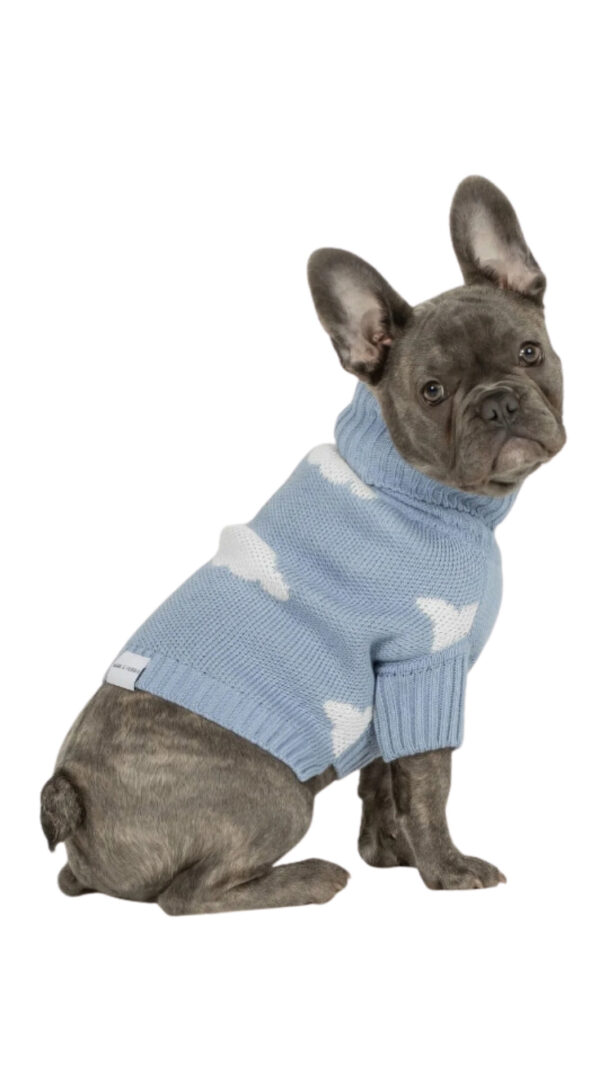
Looking back, what do you think were the three qualities, skills, or areas of knowledge that were most impactful in your journey? What advice do you have for folks who are early in their journey in terms of how they can best develop or improve on these?
If I’m being honest, my technical skills, my “hard skills,” if you like probably make up about 40% of what I actually need to do each day. The other 60% is all about soft skills: managing clients, guiding projects to completion, marketing my services, reaching out to potential clients, and staying visible on social media. When I first started freelancing, I assumed that my expertise in knitting and fashion design would be the most important piece. But I quickly realised that building a successful business relies just as much if not more, on relationships, communication, and time management. Having a good relationship with a factory is so much more important than being “right” about a technical part of a project. During my 10 years in teaching, I learned that asking nicely and being polite can take you further than you’d expect. People remember how you made them feel, not just what you said. And time and again, it comes back to relationships. Whether you’re designing a cashmere collection or pitching to a new client, the ability to connect, listen, and communicate clearly is what keeps everything moving forward. At the end of the day, businesses and careers are built on trust, and trust is built through relationships.
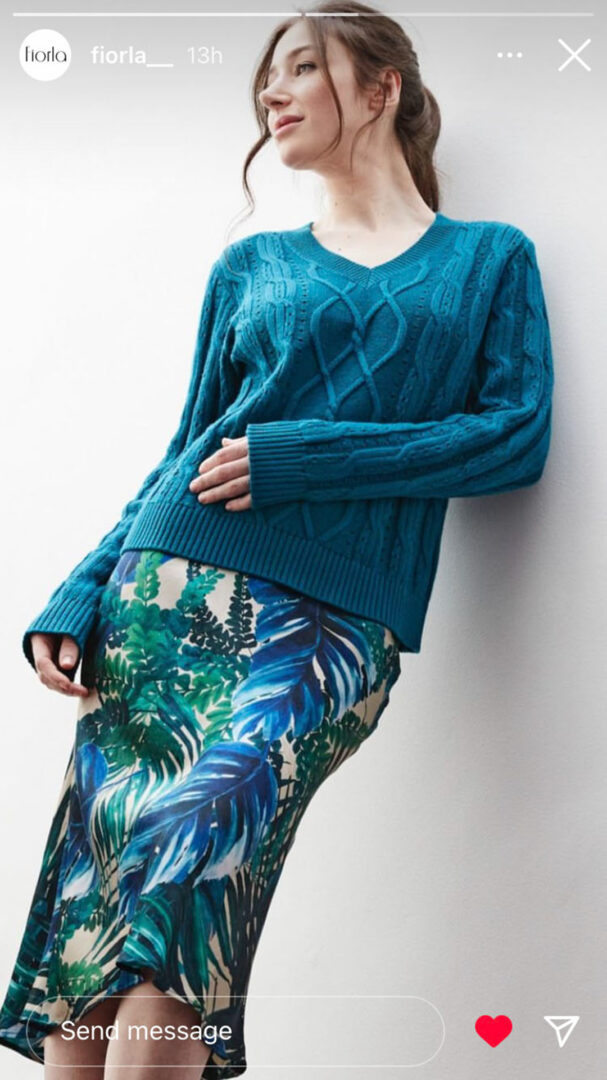
Are you looking for folks to partner or collaborate with? If so, describe the sorts of folks you are looking to collaborate with and how they can connect with you if they are reading this and want to collaborate.
Yes, always! One of the best parts of my job is the people I get to work with, and I’m always open to connecting with others who are passionate about what they do. I’d love to collaborate with a French brand, ideally someone local to me here in South West France. Most of my work happens virtually, but the idea of building something in person feels really special. Sharing ideas face to face, visiting suppliers together, sketching things out over coffee, that kind of creative partnership would be amazing. I’m also drawn to projects that involve travel and hands-on collaboration. Meeting the people behind the process, technicians, and factory owners gives me a deeper respect for the craft and brings real richness to a project. I’ve been lucky to visit factories and yarn mills in Italy, and I’d love to expand that experience to places like China, Peru, and Nepal. Trips like that don’t just improve the end product, they strengthen the relationships that underpin everything. When I first travelled to China 15 years ago, I finally got to meet a merchandiser in Shanghai I’d been emailing for months. She took one look at me and said, “Ah, so you’re Kate. You’re younger—and fatter—than I expected!” It was such a funny moment, and it reminded me that connection always goes beyond the screen. At the moment, I’m especially excited about the potential of 3D design. I recently presented my first digital “fit sample” to a client, and seeing how it sped up development and added real value to our fit discussions. I’m keen to work with forward-thinking people who are curious about new tools but still value traditional craftsmanship. And on a more personal note, I’d love to find someone who can teach me how to properly program a knitting machine. If that’s you, please get in touch! If you believe in quality, creativity, and building beautiful things with care, I’d love to hear from you.
Contact Info:
- Website: https://www.thecashmeredesigner.com/
- Instagram: https://www.instagram.com/thecashmeredesigner/
- Linkedin: https://www.linkedin.com/in/kate-knight-7a05174/
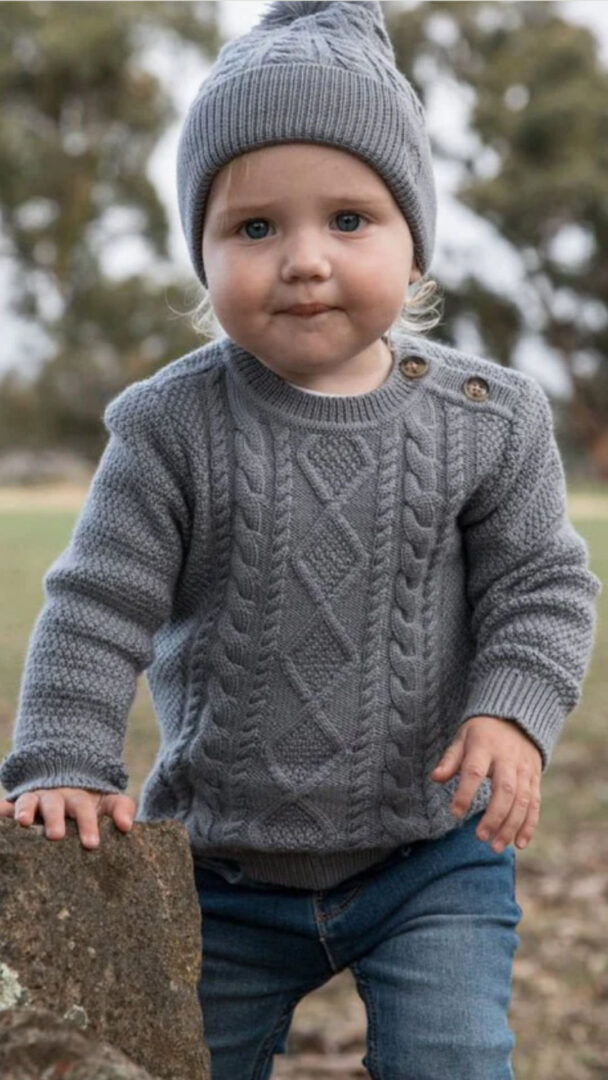
so if you or someone you know deserves recognition please let us know here.

